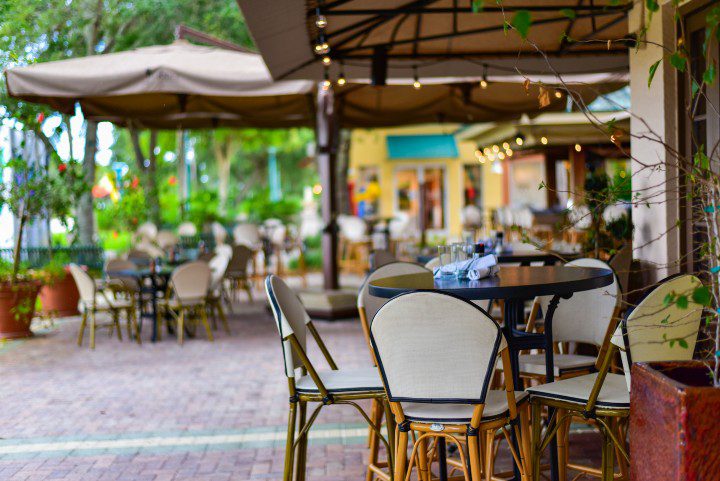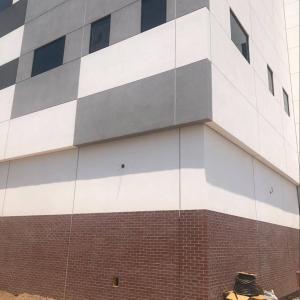Public space design is in need of a refresh in light of COVID-19. The areas we congregate in outdoor settings will need to be reworked to keep us safe, both now and with a view to what future needs may hold.

With Zoom fatigue setting in among many of us, and the warm weather approaching, the lure of the outdoors is calling. Doing everything safely will call for some interdisciplinary collaboration, where architects, urban planners and health professionals work together to create a cohesive strategy that allows for people to stay safe while enjoying some much-needed time outdoors.
Partial and temporary measures
These sought-out spaces must leave room for unplanned contact, as the joys of socializing and urban buzz can’t be removed completely from our lifestyles. Less traffic on the roads has permitted some urban areas to sacrifice parts of streets normally reserved for vehicle traffic for more space on sidewalks and adding bicycle lanes, but this measure will more than likely be temporary as economies reopen.
Outdoor dining is of much discussion, as restaurants expand patios while indoor dining areas are at reduced capacity or shut down entirely. Extra space is also needed for storefronts that are offering pick-up service and also for line-up queues to enter indoor retail.
Forward-looking public space design
As more office workers continue to work from home, and if the tendency to avoid the claustrophobic confines of public transit continues, there may be a desire to repurpose parking lots and open up traffic for other means of transportation. Per Commercial Observer,
While decreasing car use is one piece of the puzzle, increasing the convenience and access to alternative forms of transportation, such as bikes, e-bikes, scooters and even walking, is another piece. “It’s making space for a type of mobility that’s not only more clean in terms of pollution, but it’s proved that biking and walking make us stronger,” says Francesco Cerroni urban planner at Buro Happold. “We’re healthier and can react better to these types of viruses.”
As no one has a clear view what the future holds, what will work in theory and what is realistic will be a topic of much conversation and study. In New York City, a research project funded by a grant from Princeton University has produced a draft paper under the title Manual of Urban Distance: Strategies for Reconfiguring the City. Per The Architect’s Newspaper, it states,
As the team’s preliminary studies show, to maintain a healthy distance from each other, pedestrians on a crowded Manhattan street (100 people per block) would have to move almost in lockstep, i.e., at the same velocity and in only one direction along each side of the street. Perhaps walking and cycling space could be expanded, pavement could be painted, and street furniture could create a buffer between people moving in opposite directions.
Whether urban planners and governments can convince a city of well over 8 million people to move in such coordination remains to be seen, it’s clear that more collaboration will need to occur before public adaptation.


